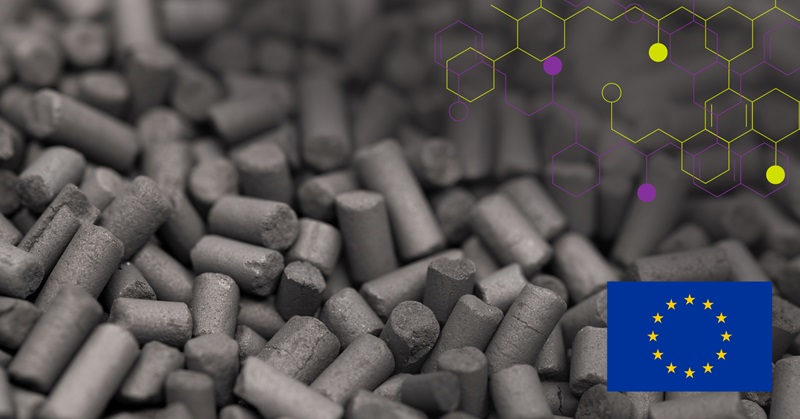Mighty Creosote - why can’t it be used anymore?
Creosote is a mixture of many different substances and is a residual product in dry distillation of coal to produce coke.
Since the late 19th century, creosote has been used to impregnate wood as protection against attack by rot and pest insects. Therefore, creosote is a pesticide that belongs to the wood preservatives among biocidal products. As the use of creosote can lead to unacceptable health and environmental risks, there are strict rules on how and where creosote may be used.
Risks with creosite for health and environment
Creosote is classified as a carcinogen and contains several substances that have hazardous properties. These include anthracene, fluorant, pyrene and phenanthrene, which have so-called PBT properties; they are persistent, can be stored in living tissue (bio accumulable) and are toxic. They are generally dangerous for a long time after the treatment of the wood.
Use and rules for creosote
Creosote is used today for industrial impregnation of railway sleepers as well as electric and telephone poles. The use of creosote was first restricted in the 1980s. Prior to that, the use of creosote impregnated timber in buildings was not regulated. Therefore, creosote can occur in older homes. Today, creosote can only be used by professionals with specialized training. Decommissioned creosote-impregnated wood is classified as hazardous waste and must be sent to separate collection at the waste disposal site. It should not be burned in households.
REACH regulation and creosote ban
Creosote impregnated wood must not be used inside buildings, regardless of the purpose of the building, in toys at playgrounds, in parks, gardens and outdoor recreation facilities where there is a risk of frequent skin contact, in the manufacture of garden furniture such as picnic tables, in the manufacture, use and possible re-treatment of containers intended for cultivation, packaging which may come into contact with raw materials, semi-finished products or finished products intended for human or animal consumption or other materials which may contaminate the goods referred to above.
These limitation rules are set out in the REACH Regulation (EC) No 1907/2006 (item 31, Annex XVII) and apply regardless of the age of the timber.
Approved biosidal products with creosote
Biocidal products containing creosote must be approved by the Chemicals Agency before they can be used in Nordic Countries. Creosote has been evaluated within the review program for active substances in biocidal products within the EU. Subject approval now runs until October 31, 2020.
Algol Chemicals’ product portfolio contains AlgolinTM, a wood impregnant which can be used in many traditional applications. Thanks to high quality raw materials, AlgolinTM represents a consistent, high quality option for wood impregnation.


